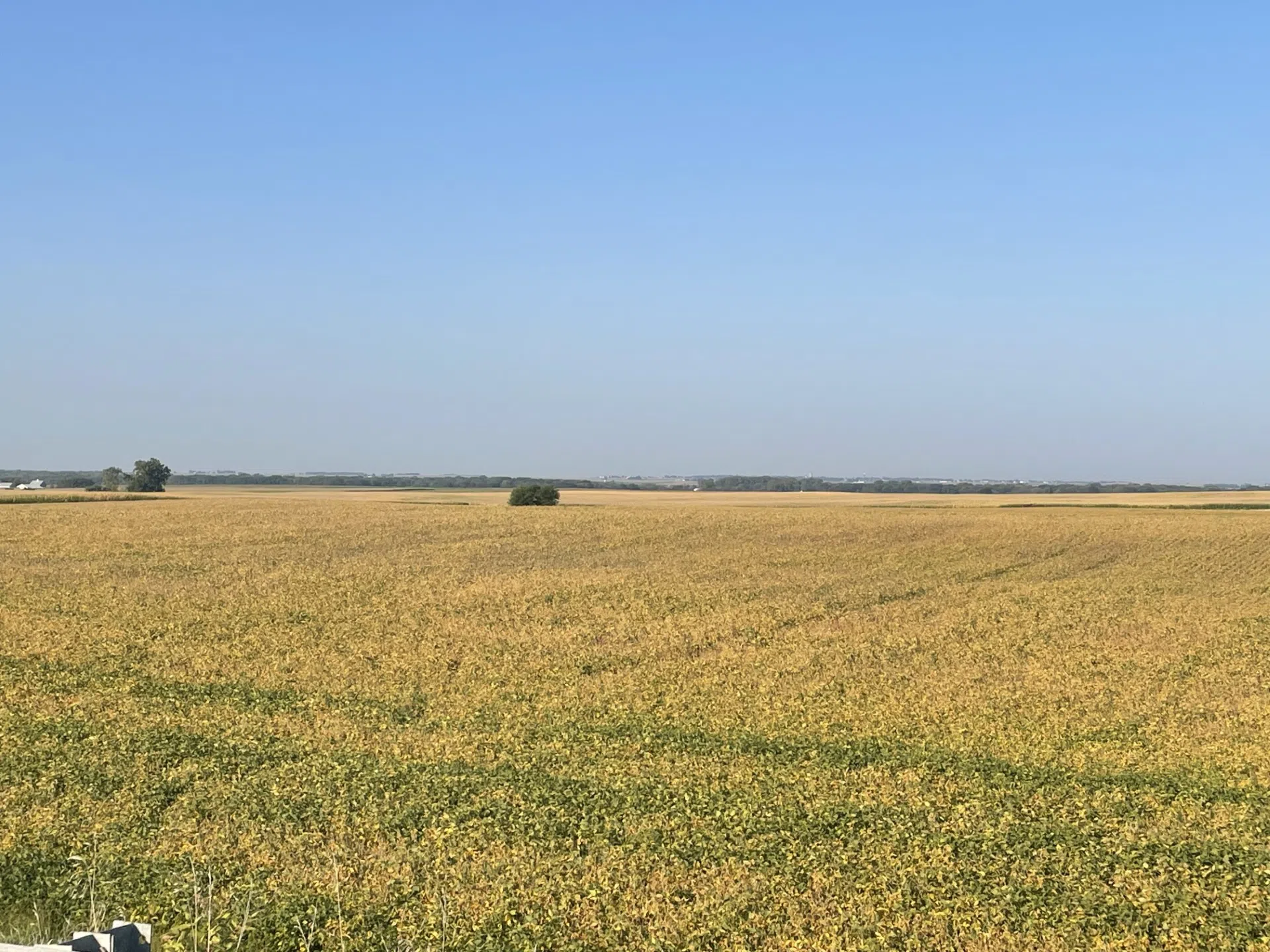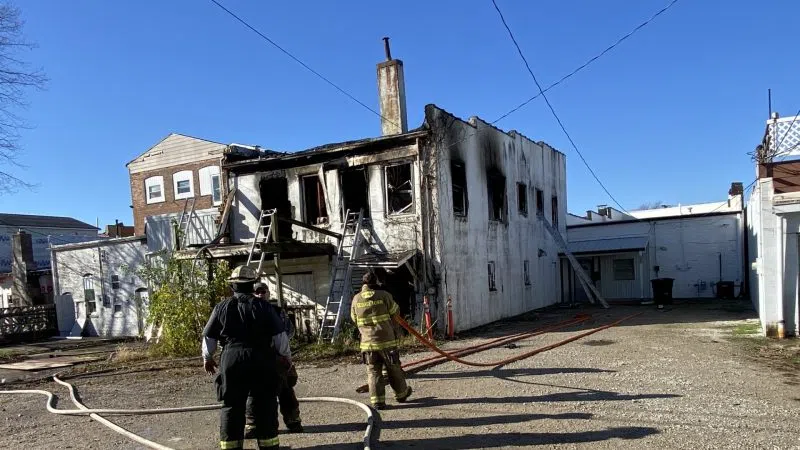ABOVE: Soybeans in Vermilion County off Route 49 show gradual maturity as we move into harvest season.
As soybeans and corn continue to turn brown getting ready for peak harvest condition, this week’s National Farm Health and Safety Week once again reminds everyone, farmers and non-farmers, to be careful this fall. For farmers, it’s a matter of resting when you need to, and being extra cautious in situations such as working around equipment and inside storage bins. For non-farmers, it’s having patience and being ready for farm vehicles out on the roads.
But this particular Health and Safety Week, with the hot and dry September conditions, there’s another major issue. The Vermilion County Farm Bureau’s Tom Fricke explains.
AUDIO: We don’t want any fires to get started. So please be careful driving down the roads. Don’t be tossing cigarette butts out your car or truck window. Don’t be burning trash or yard waste too close to a field where it might get away. Because once a fire gets started in a cornfield; it can take off like wildfire, to use an expression.
Fricke says yes, these dry conditions can help farmers save on fuel for extra crop drying expenses. But on the other hand, sometimes Mother Nature can dry the crops too much.
AUDIO: In some cases, where the crop has already matured, the hotter weather is creating an even dryer drop than is ideal to be delivering to the elevator. So some guys are holding off on a couple of fields to harvest. If the soybeans or corn is too much under a certain soil moisture, they’ll get docked for that as well.
And as farmers perform that balancing act, often waiting for the crops in the field to be at just the right moisture; Fricke says it’s a reminder that the harvest is a marathon rather than a sprint; often a window of about six to eight weeks. Then, there is always the concern about elevators getting full, especially if rivers are too shallow for consistent barge transportation.










